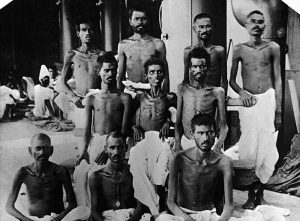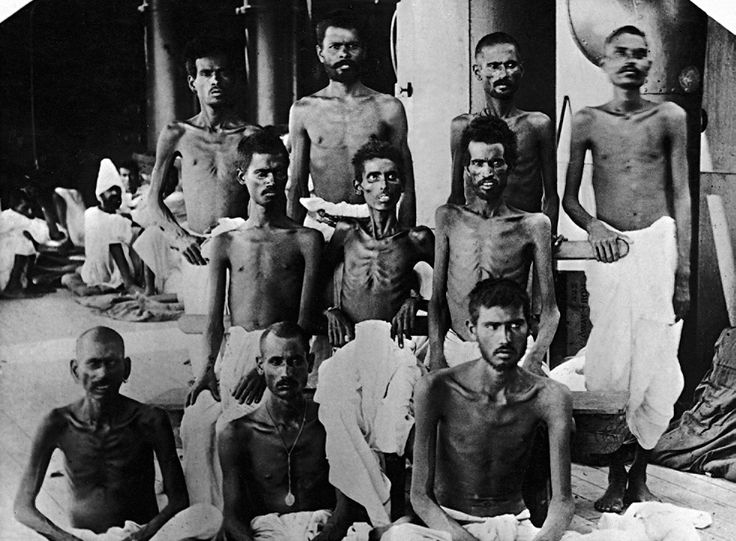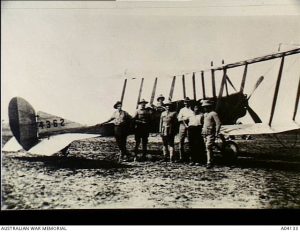
Emaciated Indian forces captured by Turkish forces following the siege of Kut, Mesopotamia, April 1916. Image in public domain.
- Negotiations break down between the besieged Major General Charles Townshend and Turkish General Kahlil Pasha at Kut-al-Amara. Townshend destroys his guns and ammunition and surrenders, ending the 147 day long siege. 13,000 British troops, now on the verge of starvation, are taken prisoner and interned at Shumran. The surrender marks the largest single surrender of troops in British history to date and is later described by British historian James Morris as “the most abject capitulation in Britain’s military history”. Almost 6,000 men die during the siege or later in captivity. Prisoners of the Turks
- With the surrender of Kut the operations of the Mesopotamian Half Flight of the Australian Flying Corps draw to a close
- General Jacob Louis Van Deventer’s 1,200 troops of the South African Mounted Brigade arrive in Kondai Irangi. They have marched 150 miles from Arusha, a journey that takes over three weeks. Most of them are suffering from malaria and dysentery and pose little threat to German Major Georg Kraut’s 4,000 troops entrenched in the hills to the south of the town.
- German forces launch a second cloud gas attack on British troops south of Hulluch in northern France


